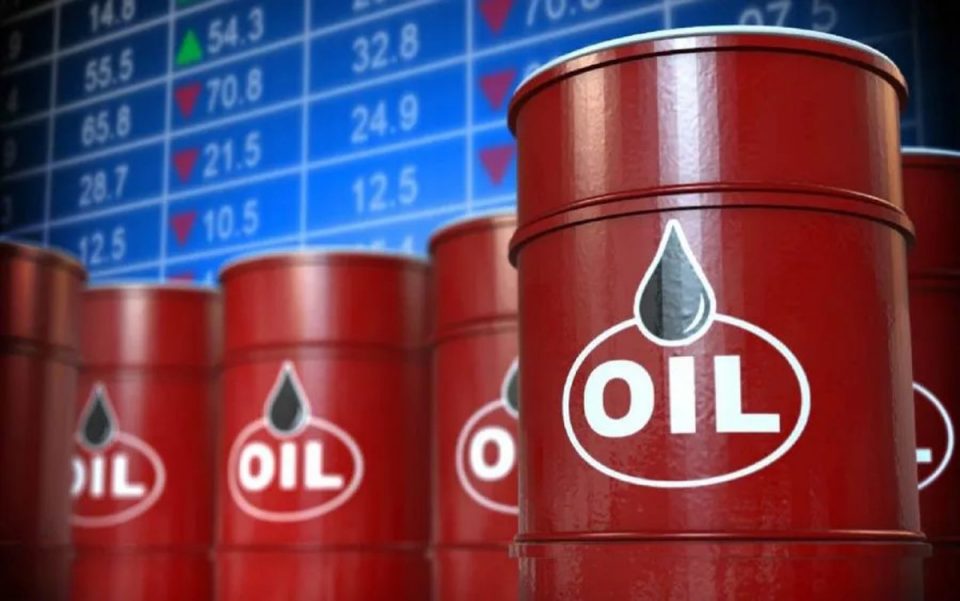Photo caption: Oil
Mergers and acquisitions in the US shale industry experienced a strong start in 2025 but have since slowed due to falling oil prices and concerns over trade tariffs.
High asset prices and limited quality opportunities have created a standoff between potential buyers and sellers, further hindering deal activity.
The future of shale M&A depends on the duration of low oil prices and the resolution of trade disputes, with potential for consolidation if the downturn persists.
Mergers and acquisitions in the U.S. shale industry got off to a strong start this year. Oil was trading at pretty reasonable prices—unless you’re OPEC—there was a pro-oil president in the White House, and the outlook was bright. For a while. Then, prices took a dive, markets panicked about tariffs, and everyone started predicting economic catastrophe. The outlook is no longer so bright.
The first quarter of 2025 saw shale oil and gas deals worth a total of $17 billion, Enverus reported this week. This made the quarter the second-best after the first quarter of 2018, the analytics firm said, noting, however, that about half of that total deal value came from two deals involving Diamondback Energy worth over $4 billion each.
One of the deals was an acquisition of Permian-focused producer Double Eagle IV, which cost Diamondback some $4.08 billion, and the other was a dropdown of mineral and royalty rights to subsidiary Viper Energy, worth $4.26 billion. Outside Diamondback’s activity, however, deals began to get sparse as the M&A wave that rose in late 2023 began to ebb away with asking prices too high and the assets on offer of lower quality.
“Upstream deal markets are heading into the most challenging conditions we have seen since the first half of 2020. High asset prices and limited opportunities are colliding with weakening crude,” Enverus’ principal analyst Andrew Dittmar said. “Potential sellers are acutely aware of the scarcity of high-quality shale inventory, creating a reluctance to unload their assets at a discount. Buyers, on the other hand, were already stretched by M&A valuations and can’t afford to continue to pay recent prices now that oil prices are lower. The standoff between those two groups around fair asset pricing is set to sink M&A activity.”
In fairness, the deal wave could not continue forever, not after two robust years. In 2023, M&A activity in the U.S. oil and gas space surged by 57% from the previous year. The total value of deals that closed that year hit an all-time high of $155 billion, helped by a couple of megadeals of over $50 billion. The next year was robust, too, with close to $150 billion in deals. Last year, however, the focus of dealmakers began to shift from the Permian to other parts of the shale patch in what may have well been an early sign of the pending slowdown.
It could be argued that this slowdown would have happened even without the price rout and the tariff war. The supply of high-quality, low-cost acreage was simply going to run out sooner or later—and with the level of activity in 2023 and 2024, that was bound to be sooner. Trends in oil prices and Trump trade policies simply sped up a process that was already underway.
Indeed, Enverus noted in its M&A report that lower oil prices discourage dealmaking in the industry. The firm said that “Going back to the start of 2014, oil prices have fallen by more than 5% quarter-over-quarter 17 times. In 11 of the quarters with materially lower crude prices, deal activity fell compared to the prior three months with an average decline in transacted deal value of 30%.”
In other words, what’s happening in the shale patch is completely normal, and there is even bonus good news: companies are better positioned to withstand the price rout, according to Enverus, thanks to their new priority of capital discipline and debt level control. “Companies have kept debt levels in check, been conservative about growing production and made judicious use of hedges,” the analytics provider said. It cautioned, however, that this will only spare sector players pain if the rout does not last too long. If the tariff war and the low oil prices extend into 2026, they will start causing pain.
Somewhat ironically, such a hypothetical development would revive dealmaking as companies seek to consolidate to survive as they tend to do in times of trouble. “If oil prices struggle into 2026, public E&Ps are likely to start taking more drastic actions including cutting capital spending, selling assets or even considering mergers with another company,” Enverus’ Dittmar commented.
The jury’s still out on how long the tariff war or the oil price depression will continue. For now, the situation with tariffs on China does not look particularly promising, as China said it would only engage in negotiations after the U.S. lifts the tariffs already imposed on its exports. The U.S. does not seem to be willing to do that for now, which has resulted in a sort of tariff stalemate.
Meanwhile, oil prices remain rather depressed, although they have recouped some of the losses suffered earlier this month amid the sharp revisions in demand outlooks because of the tariffs. This week, the benchmarks are set for another loss after Reuters reported that OPEC+ may be considering another solid production ramp-up in June as it continues to look for a way to make quota laggards pay for overproducing. For now, the environment remains discouraging for a rebound in M&A activity.
=== Oilprice.com ===




